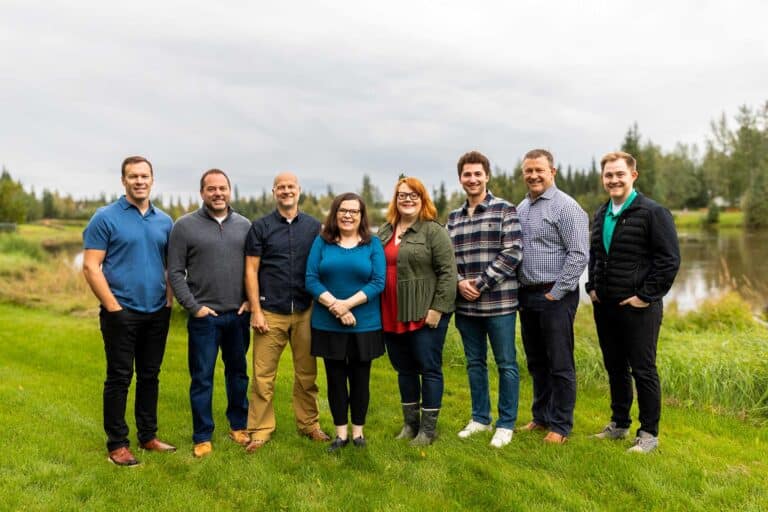As people retire healthier and better educated than ever before, the traditional picture of retirement is changing. Many retirees aren’t ready to settle for an unstructured life full of Sundays. Instead, they’re busy pursuing their passions, going back to school, joining the Peace Corps, starting new businesses, traveling to exotic places, reconnecting with far-flung friends and family, tackling athletic challenges, and sharing their talents and skills with others.
But a full, rewarding retirement life doesn’t happen overnight or without some thought. As you plan for retirement financially, it’s also important to visualize your next stage of life. The following questions and exercises will help you get started.
Imagine What Your Retirement Will Look Like
Consider essential questions such as:
- What will a typical day consist of? How will you spend your time? What will you and your spouse or partnerdo together?
- Where will you be living? Will you stay where you are now or move to another location?
- What’s on your bucket list? Are there things you’ve always wanted to do but haven’t had the time for? Howcan you make them happen? What small, manageable steps can you take toward checking those items offyour list?
- Would you like to give back? Do you have professional skills that could benefit others outside of yourworking life? Would you like to share your expertise? Is there a charitable organization that interests you?How might you contribute to its mission?
- Would you like to keep working . . . for yourself? Have you ever wanted to turn a hobby into a business?What would your new venture be?
- How would your spouse or partner answer these questions? Are you on the same page when it comes toretirement? Do you have a plan to balance any conflicting needs or visions?
Take a “Practice Retirement” Vacation
Before you retire, it can be helpful to take a temporary break from work and go for a retirement test-drive. Take as much time off for this break as you can. (If possible, it should be at least three weeks; optimally, take a three- or four-month sabbatical or leave of absence.) Use this time to try out the retirement lifestyle you’ve envisioned and see how it feels.
After the novelty wears off, ask yourself if there’s anything you miss about your work life—whether it be the camaraderie and teamwork, the challenge of new projects, or maybe the feeling of being valued. How will you replace these intangible benefits once you’re retired?
Make a Plan to Get There
Once you have a clear vision for your retirement, it’s time to start working toward it. As you move forward, consider these questions:
- What steps have you taken to transfer your job responsibilities to others? What else needs to be done? Have you shared your plan with your boss, coworkers, friends, and family?
- What is left to do from a financial planning standpoint to prepare for retirement?
- What, if any, skills or degrees would be useful to you in this next phase of life? Does it make more sense toget them now or after you retire?
- Are there any roadblocks that might prevent you from achieving your vision? Are you concerned abouttaking care of elderly parents or other family members? Do you have any medical problems or hereditary health conditions that might affect your retirement?
Remember, making a plan to achieve your goals is the key to enjoying the productive, fulfilling retirement you’ve envisioned!
This material has been provided for general informational purposes only and does not constitute either tax or legal advice. Although we go to great lengths to make sure our information is accurate and useful, we recommend you consult a tax preparer, professional tax advisor, or lawyer.
© 2023 Commonwealth Financial Network®


